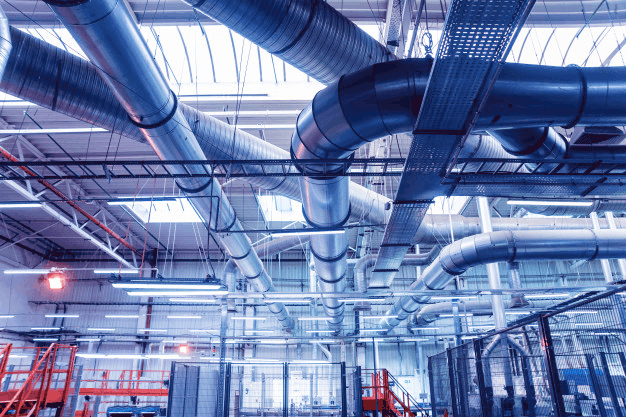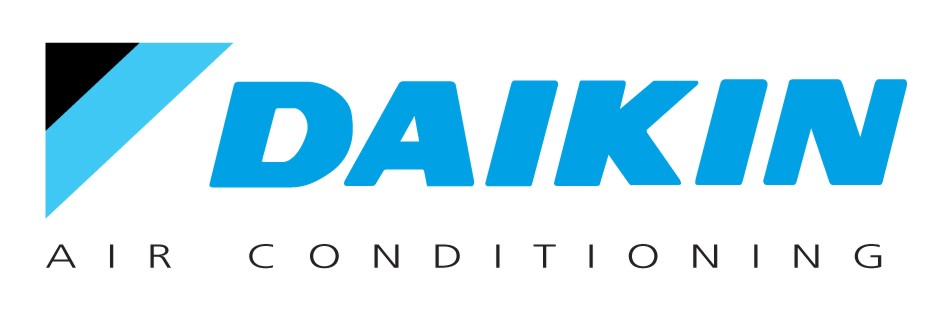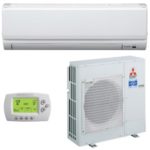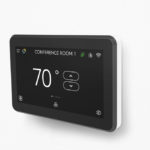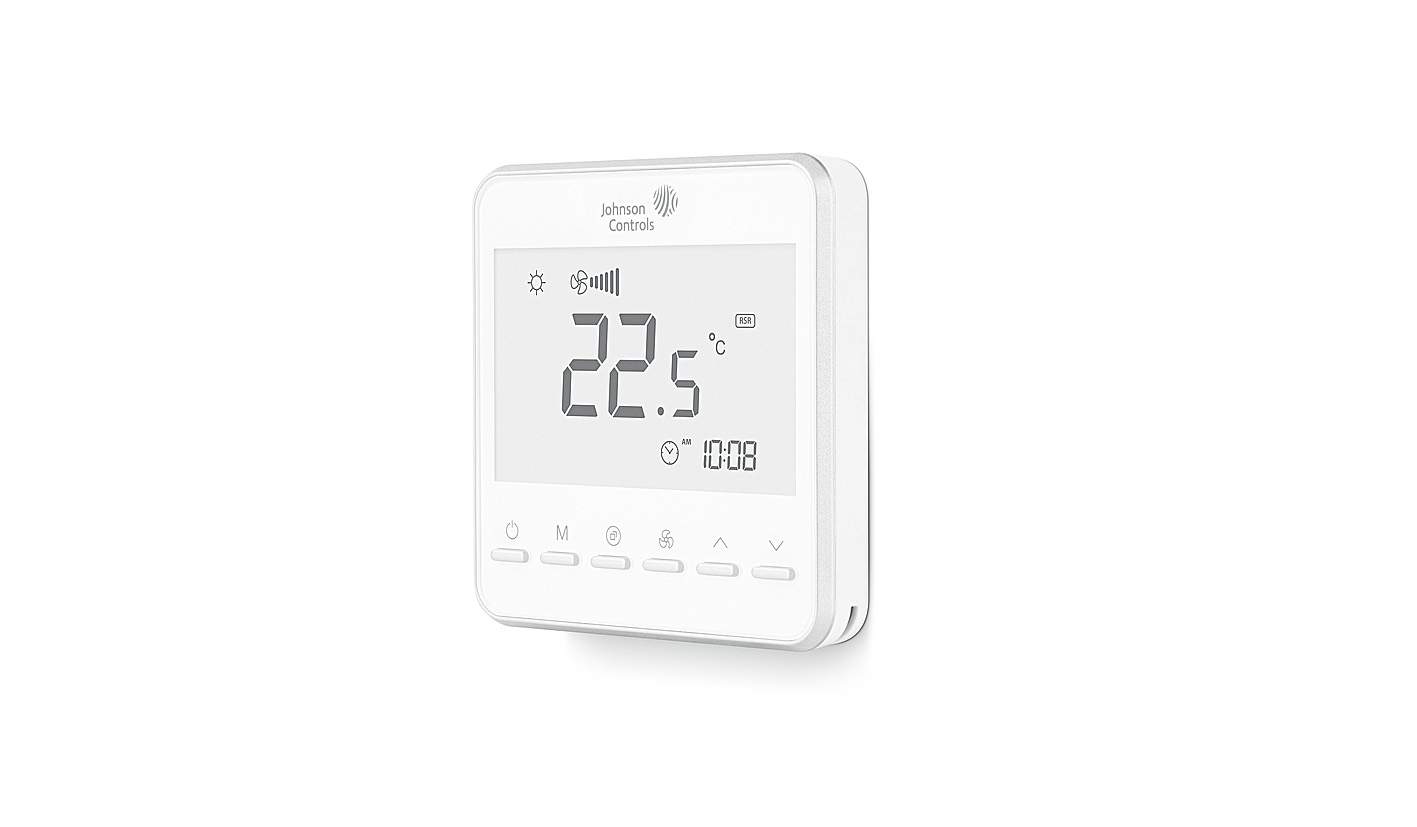Unlocking the Secrets: VAV vs. VRV HVAC Systems Explained
Introduction: When it comes to climate control in buildings, two prominent HVAC (Heating, Ventilation, and Air Conditioning) systems stand out – the VAV (Variable Air Volume) system and the VRV (Variable Refrigerant Volume) system. While both aim to provide efficient and comfortable indoor environments, the underlying technologies and approaches used by these systems differ significantly. In this comprehensive blog post, we’ll explore the key distinctions between VAV and VRV systems, helping you make an informed decision for your building’s climate control needs.
The Function of VAV and VRV Systems
VAV (Variable Air Volume) System: At the core of a VAV system is the management of airflow. This system focuses on regulating the volume of conditioned air delivered throughout the building. It maintains a constant air temperature while adjusting the volume of air supplied to different zones based on their cooling and heating requirements. Imagine a central air conditioner supplying cool air to various rooms in a building. VAV systems use dampers to control the amount of cool air that reaches each area, ensuring efficient temperature regulation.
VRV (Variable Refrigerant Volume) System: In contrast, VRV systems concentrate on regulating the flow of refrigerant to control the temperature. These systems utilize refrigerant, a substance that absorbs and releases heat, to cool or heat indoor spaces. VRV systems vary the amount of refrigerant delivered to individual indoor units, allowing for independent temperature control in different zones. Think of it as having separate mini-air conditioners in each area, with a central system managing the refrigerant flow to each unit.
Key Components of VAV and VRV Systems
VAV System:
- Air Handling Unit (AHU): This component conditions the air (heating, cooling, dehumidifying) and supplies it throughout the building.
- Ductwork: A network of pipes that distributes the conditioned air throughout the building.
- Variable Air Volume (VAV) Boxes: These are located at the entry points of the conditioned air to individual zones. They contain dampers that adjust the airflow based on the zone’s temperature needs.
- Control System: This system monitors and regulates the entire VAV system, including temperature sensors and zone controls for the AHU and VAV boxes.
VRV System:
- Outdoor Unit: This unit houses the compressor, condenser, and expansion valve, and manages the circulation of refrigerant.
- Refrigerant Piping: This network of pipes carries the refrigerant to the indoor units.
- Indoor Units: These units are located in the individual zones and handle air conditioning and heating using the supplied refrigerant. They come in various types, such as wall-mounted units, cassettes, ceiling-mounted units, and ducted units for concealed installation.
- Control System: Similar to the VAV system, the VRV control system monitors and regulates the entire system, including temperature sensors and zone controls for the outdoor unit and indoor units.
Key Differences Between VAV and VRV Systems
- Medium Used:
- VAV: Relies on conditioned air for temperature control.
- VRV: Utilizes refrigerant for temperature control.
- Ductwork:
- VAV: Requires an extensive network of ductwork to distribute the conditioned air.
- VRV: Uses refrigerant piping instead of bulky ductwork, offering more flexibility in installation.
- Zoned Temperature Control:
- VAV: Can provide zoned temperature control, but the complexity depends on the system design and damper configuration.
- VRV: Offers excellent zoned temperature control, as each indoor unit can be individually regulated.
- Energy Efficiency:
- VAV: Can be energy-efficient if properly managed, but leaks in the ductwork can waste conditioned air, reducing efficiency.
- VRV: Generally more energy-efficient due to inverter technology, which adjusts the refrigerant flow based on demand, reducing unnecessary energy consumption.
- Installation and Maintenance:
- VAV: The complex installation due to ductwork and control systems requires skilled technicians to handle the AHU, VAV boxes, and control systems.
- VRV: Less complex than VAV due to the absence of ductwork, but still requires specialized technicians for the installation and maintenance of the outdoor unit, refrigerant piping, and indoor units.
- Initial Cost:
- VAV: Generally has a lower initial cost due to simpler components compared to VRV. However, adding complex zoning controls can increase the cost.
- VRV: Typically has a higher initial cost due to the advanced technology and the use of refrigerant piping.
Choosing Between VAV and VRV Systems
When deciding between a VAV or VRV system, consider the following factors:
VAV System:
- If your building has dedicated zones that require different temperatures (e.g., server rooms vs. offices)
- If you have existing ductwork in place
- If your project has a lower initial investment as the priority
VRV System:
- If your building has an open floor plan with diverse temperature needs across zones
- If you’re planning new construction or renovation without existing ductwork
- If your project prioritizes energy efficiency and long-term cost savings, despite a potentially higher upfront investment
Conclusion
Both VAV and VRV systems have their own advantages and disadvantages. The best choice for your building will depend on its specific requirements, your budget, and the desired level of temperature control. Consulting an HVAC professional is highly recommended to ensure you make an informed decision that meets your building’s needs.
If you’re looking to install a commercial HVAC system or ductwork in your business area, contact us today to learn more about our partners in HVAC services.


